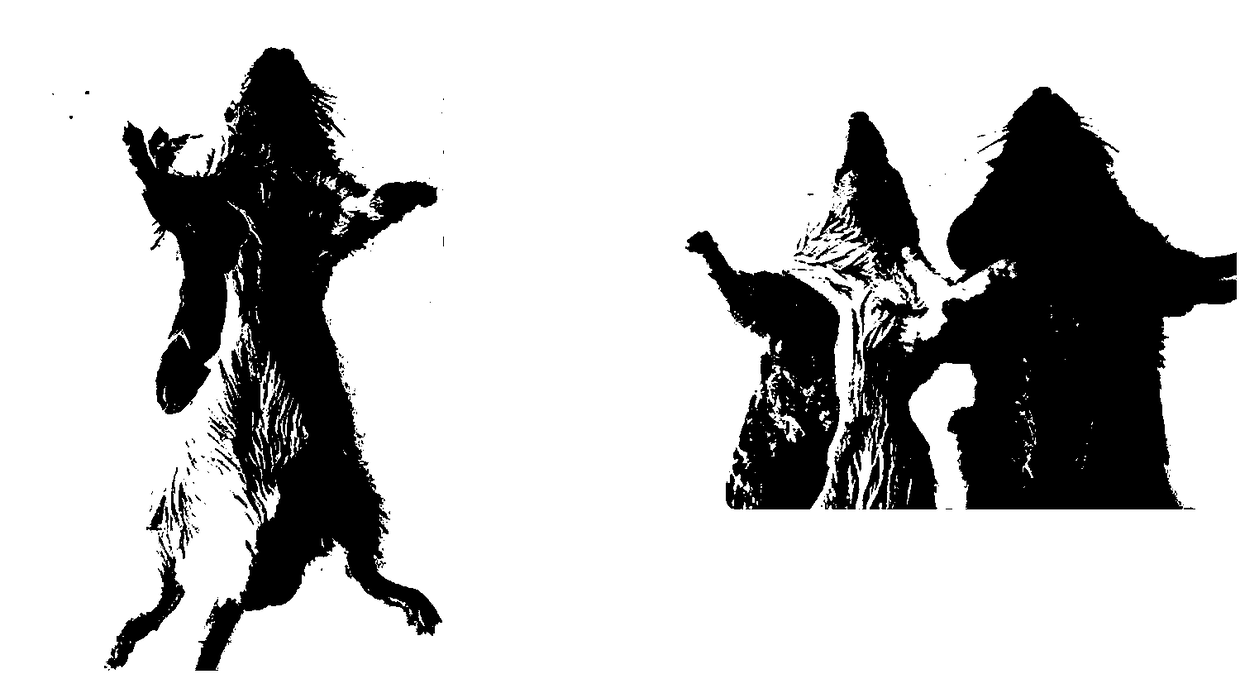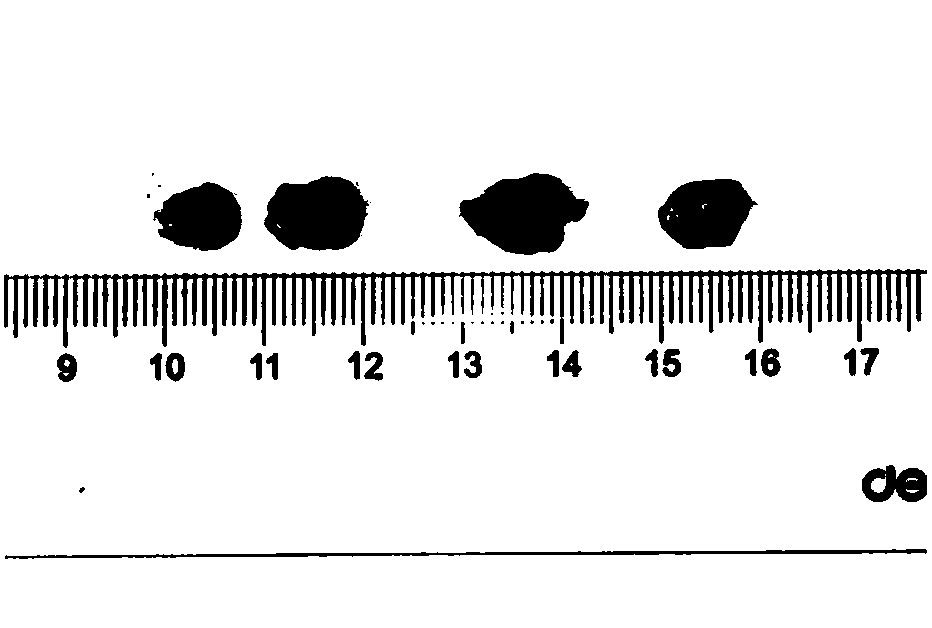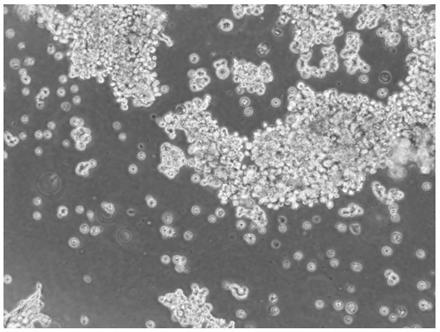Method for constructing a patient-derived tumor xenograft model in mice immunized with hepatocellular carcinoma based on organ-like method, and application thereof
A technology of immunizing mice and constructing methods, which is applied in the field of medicine, can solve problems such as drug sensitivity requirements of patients urgently in need of drug treatment, long tumor formation cycle, and difficulty in feeding
- Summary
- Abstract
- Description
- Claims
- Application Information
AI Technical Summary
Problems solved by technology
Method used
Image
Examples
specific Embodiment approach 1
[0021] Embodiment 1: The method for constructing the transplanted tumor model of liver cancer normal immune mice based on the organoid method of the present embodiment is carried out according to the following steps:
[0022] 1. Obtain human liver cancer tumor cells: take liver cancer cells and liver cancer tissue interstitial cells, and culture them completely in DMEM containing 10% fetal bovine serum, 1% penicillin and 1% streptomycin Mix the above cells evenly; if the number of viable cells counted by trypan blue is >95%, adjust the cell concentration to 2×10 7 / mL, then put into 37℃, 5% CO 2 incubator;
[0023] 2. Soak the microcarrier in 75% alcohol by volume for 24 hours, wash it 5 times with 1×PBS buffer solution, place it in DMEM medium and incubate it for 24-48 hours; the human primary liver cancer cells obtained in step 1 The suspension was mixed with the incubated microcarriers, and the temperature was 37°C, 5% CO 2 Cultivate in the incubator for 24-48h to obtain...
specific Embodiment approach 2
[0025] Specific embodiment 2: The difference between this embodiment and specific embodiment 1 is that the microcarrier is composed of a positively charged organic composite polymer, which is multi-layer hole-like cord-like, with enough cross-linked curls to form The "maze"-like irregular structure of space.
[0026] Others are the same as in the first embodiment.
[0027] The microcarrier pore size, surface positive charge density, and carrier particle size can be adjusted by chemical synthesis. It is a pure organic compound, not easy to pollute, does not contain impurities, and has the characteristics of low immunogenicity, biocompatibility, and metabolism. Provide a stable microenvironment for cell growth. Sufficient space inside the microcarrier solves the problem of uneven concentration of cell growth nutrients and metabolic waste. At the same time, because the microcarrier's "maze"-like irregular structure can act as a barrier (in a short period of time), it can block t...
specific Embodiment approach 3
[0029] Specific embodiment three: the difference between this embodiment and specific embodiment one is: the volume ratio of the human primary liver cancer cell suspension obtained in step one and the incubated microcarrier is 1:3~5, and the preferred value is 1: 4. Others are the same as in the first embodiment.
PUM
 Login to View More
Login to View More Abstract
Description
Claims
Application Information
 Login to View More
Login to View More - R&D
- Intellectual Property
- Life Sciences
- Materials
- Tech Scout
- Unparalleled Data Quality
- Higher Quality Content
- 60% Fewer Hallucinations
Browse by: Latest US Patents, China's latest patents, Technical Efficacy Thesaurus, Application Domain, Technology Topic, Popular Technical Reports.
© 2025 PatSnap. All rights reserved.Legal|Privacy policy|Modern Slavery Act Transparency Statement|Sitemap|About US| Contact US: help@patsnap.com



